The Bodhi tree is not only aesthetically pleasing but also holds a sacred significance in feng shui. Join us as we delve deeper into the characteristics, effects, feng shui implications, and cultivation methods of the Bodhi tree!
1 What is the Bodhi Tree?
Origin and Significance of the Bodhi Tree
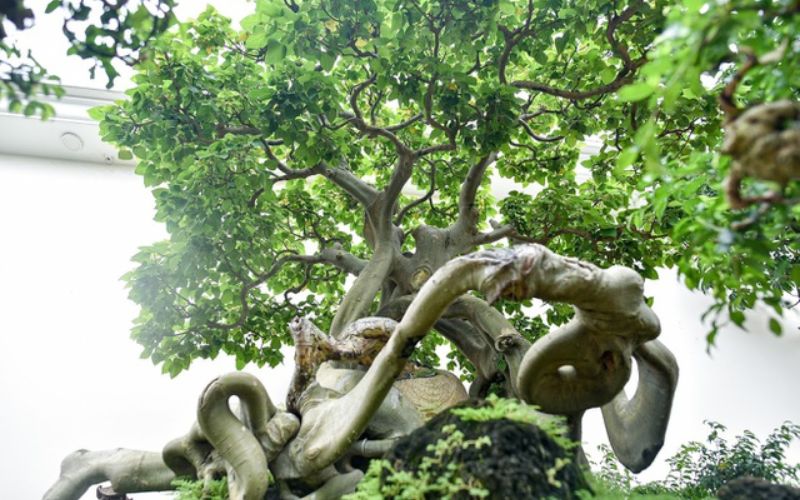 Origin of the Bodhi Tree
Origin of the Bodhi Tree
The Bodhi tree, also known as the fig tree or the enlightenment tree, has the scientific name Ficus rumphii or Ficus religiosa. It belongs to the genus Ficus and originates from India. It is mainly distributed in India and has been widely introduced to Southwest China, Southeast Asia, and Vietnam.
This tree adapts exceptionally well to the climatic conditions in Vietnam and thrives in home gardens.
Feng Shui Significance of the Bodhi Tree
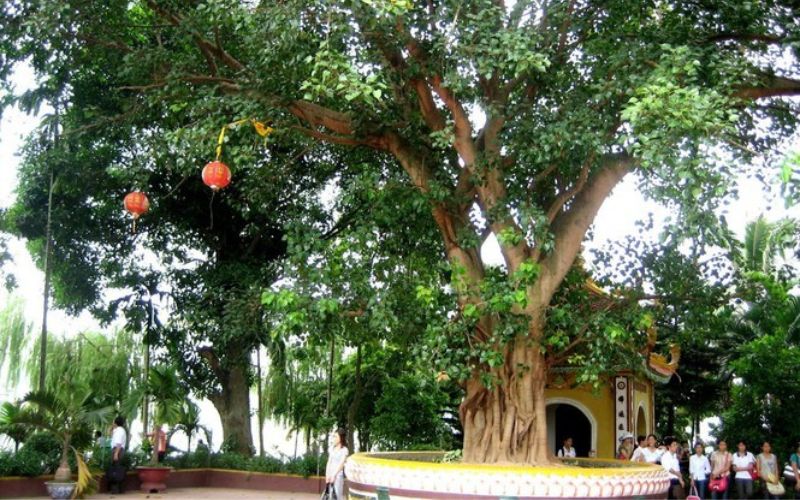 Feng Shui Significance of the Bodhi Tree
Feng Shui Significance of the Bodhi Tree
The Bodhi tree symbolizes awakening, enlightenment, and the understanding of truth. Additionally, it represents good luck, positive energy, the expulsion of evil spirits, and the purification of negative influences.
Many believe that cultivating the Bodhi tree encourages people to do good deeds and accumulate merit for this life and the next.
Characteristics and Classification of the Bodhi Tree
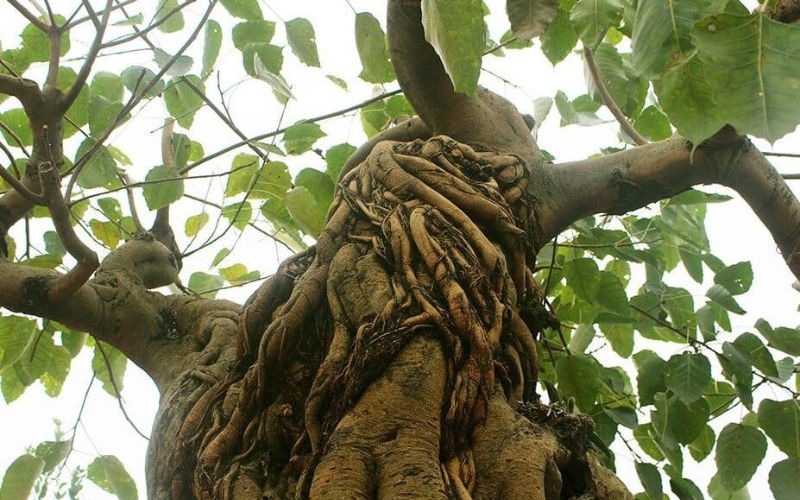 Bodhi Tree Trunk
Bodhi Tree Trunk
The Bodhi tree has a large trunk with rough bark and numerous white circular spots. Under favorable conditions, it can grow to a height of 20-25 meters and a diameter of approximately 1 meter. Its branches are flexible and can be easily bent to form various bonsai styles. The tree boasts a dense canopy, and its roots penetrate deep into the soil, exhibiting remarkable vitality.
The leaves of the Bodhi tree are evenly spaced and large, shaped like a heart from the petiole to the leaf margin. They are reddish when young and gradually turn green as they mature. Measuring around 20-25 centimeters in length, the leaves have a soft down on their surface, prominent feather-like veins, and a petiole length of 7-10 centimeters and a width of 5-8 centimeters.
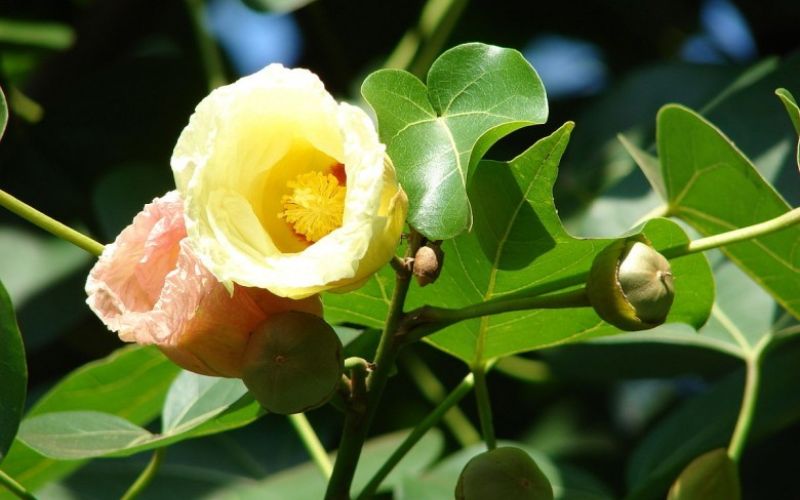 Bodhi Tree Flowers and Fruits
Bodhi Tree Flowers and Fruits
The Bodhi tree produces flowers that grow in clusters and exhibit a distinctive reddish-purple hue. The flowers are unisexual and spherical in shape. Blooming commences in February and concludes in April, just before the arrival of summer.
As the flowers begin to wither, the fruits start to form. Bodhi fruits are spherical, similar in size to a pear, and almost stalkless, growing tightly against the branch. Young Bodhi fruits are green, turning pink as they mature, and eventually becoming a deep red when ripe. The harvest season for Bodhi fruits extends from June to July.
The Bodhi tree is an ancient species, known for its longevity. Currently, the exact lifespan of this tree cannot be determined. According to the Guinness World Records, the oldest Bodhi tree is approximately 2300 years old and is located in Sri Lanka, known as the Sri Maha Bodhiya.
 Sri Maha Bodhiya in Sri Lanka
Sri Maha Bodhiya in Sri Lanka
2 Benefits of the Bodhi Tree
Ornamental and Feng Shui Purposes
Due to its impressive size and visual appeal, along with its expansive canopy, the Bodhi tree is highly favored for ornamental purposes in temples, churches, cafes, sidewalks, parks, and streets. It serves both aesthetic and functional roles by providing shade and absorbing toxic emissions from vehicles, contributing to a greener and healthier environment.
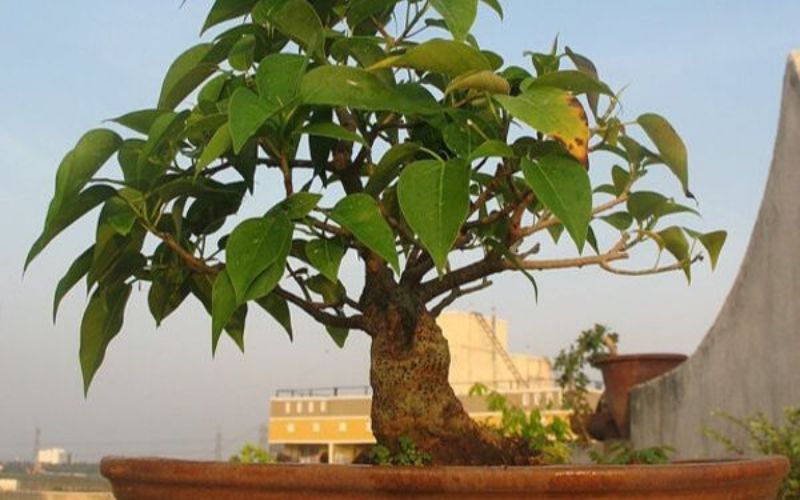 Ornamental and Feng Shui Purposes
Ornamental and Feng Shui Purposes
Health Benefits
Air Purification
With its dense foliage, the Bodhi tree releases a substantial amount of oxygen into the atmosphere, effectively purifying the surrounding air. Additionally, it absorbs carbon dioxide and other harmful substances, thereby enhancing the overall air quality.
 Air Purification
Air Purification
Medicinal Properties
The Bodhi tree is a valuable natural remedy and has been utilized as a medicinal herb for centuries. The resin of the Bodhi tree, known as An Tức Hương in traditional Chinese medicine, is orange in color, flat, and smooth like wax when extracted. When heated, it melts and emits a subtle vanilla fragrance. This resin is used to treat various ailments, including diarrhea, diabetes, and anxiety, and helps stabilize blood pressure.
 Bodhi Tree Resin
Bodhi Tree Resin
3 Cultivation and Care of the Bodhi Tree
How to Grow a Bodhi Tree at Home
The Bodhi tree thrives in paddy fields due to their nutrient-rich, porous, and well-drained soil. It is primarily propagated through stem cuttings from the mother plant or by sowing seeds.
Belonging to the category of light-loving plants and being easy to reproduce, cultivating the Bodhi tree is relatively straightforward. The selected cuttings should be neither too old nor too young, and it is preferable if they have already flowered.
For seed propagation, choose plump and evenly rounded seeds to increase the chances of successful germination.
The planting hole for the Bodhi tree should be approximately 20 centimeters larger than the plant’s root ball.
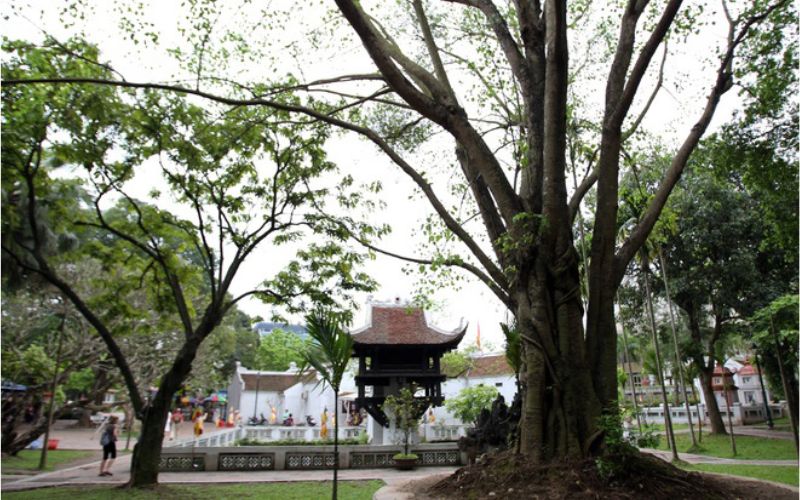 Growing a Bodhi Tree
Growing a Bodhi Tree
Caring for the Bodhi Tree
Maintain a temperature range of 18-32 degrees Celsius. Extremes of cold or heat can hinder the tree’s growth.
During the seedling stage, water the Bodhi tree daily, once or twice, to ensure sufficient moisture for its development. Avoid watering during hot weather. However, once the tree reaches maturity, reduce watering, and allow the tree to self-regulate its moisture needs.
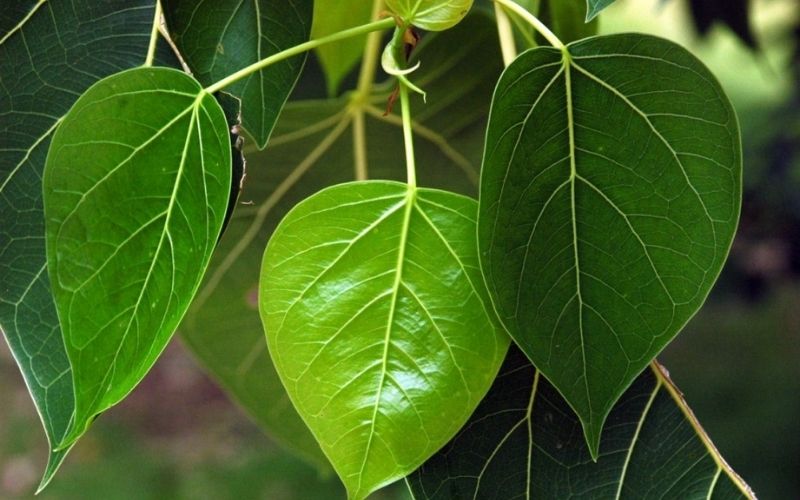 Bodhi Tree Canopy
Bodhi Tree Canopy
In the initial days after planting, apply organic fertilizer periodically every 1-2 months to promote the tree’s growth. After about a year, you can switch to NPK fertilizer to accelerate its development.
To prevent any hindrance to the tree’s growth, regularly remove weeds and pests from around the base of the tree. Additionally, prune any withered leaves to encourage faster growth, and use pesticides sparingly if necessary.
For potted Bodhi trees, consider repotting every 2-3 years in early spring, before the buds emerge. Regularly inspect the shaping wires to ensure they are not too tight, which could restrict the tree’s growth.
Notes on Growing and Caring for the Bodhi Tree
The Bodhi tree, characterized by its expansive canopy, thrives in sunlight. It favors a temperature range of 18-32 degrees Celsius. Extremes of cold or heat can impede its growth.
The Bodhi tree flourishes in moist, porous, nutrient-rich soil, particularly paddy fields. Its extensive root system enables it to absorb water and nutrients effectively, even in moist soil.
While frequent watering is essential for young Bodhi trees, avoid overwatering mature trees to prevent root rot. Water only when there is insufficient rainfall or during extended periods of hot weather.
When planting a new Bodhi tree, provide adequate protection to shield it from potential damage caused by environmental factors.
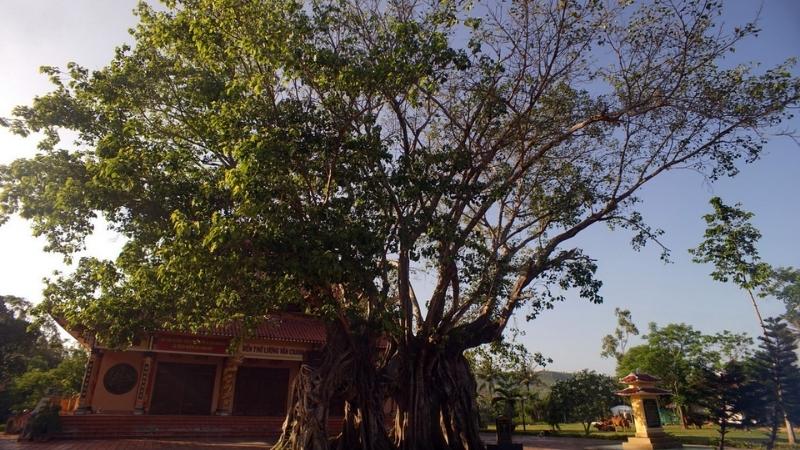 Notes on Growing and Caring for the Bodhi Tree
Notes on Growing and Caring for the Bodhi Tree
4 Seven Beautiful Images of the Bodhi Tree
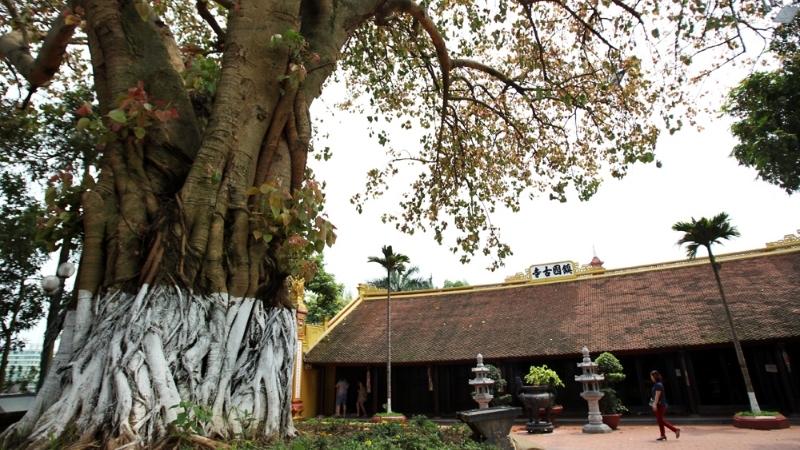 Beautiful Images of the Bodhi Tree
Beautiful Images of the Bodhi Tree
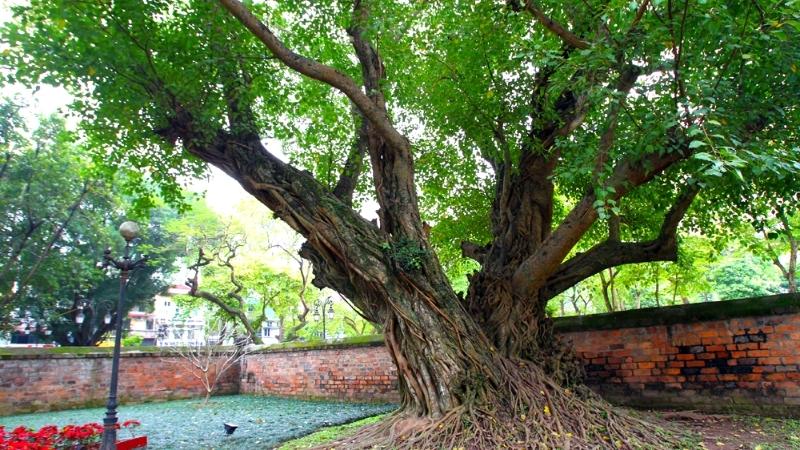 Beautiful Images of the Bodhi Tree
Beautiful Images of the Bodhi Tree
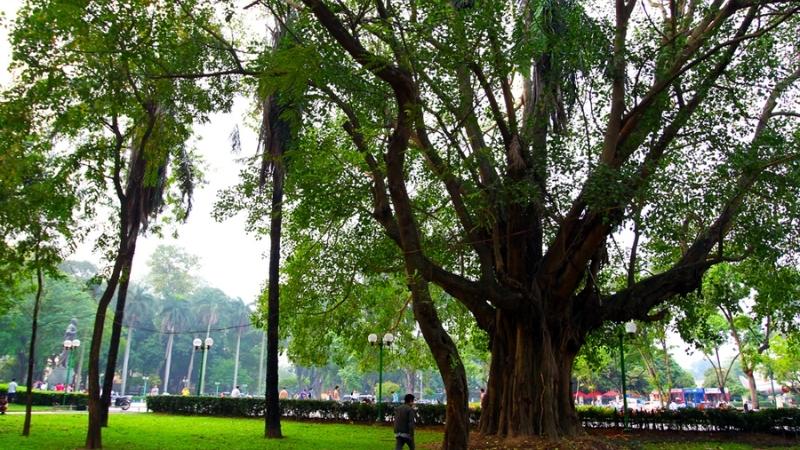 Beautiful Images of the Bodhi Tree
Beautiful Images of the Bodhi Tree
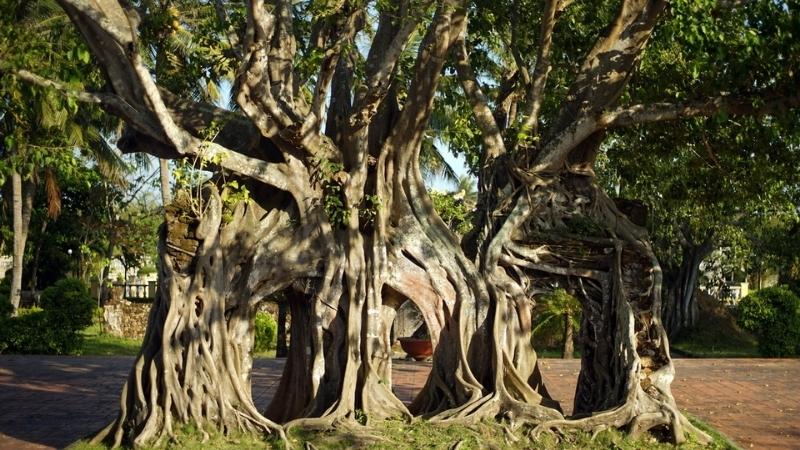 Beautiful Images of the Bodhi Tree
Beautiful Images of the Bodhi Tree
 Beautiful Images of the Bodhi Tree
Beautiful Images of the Bodhi Tree
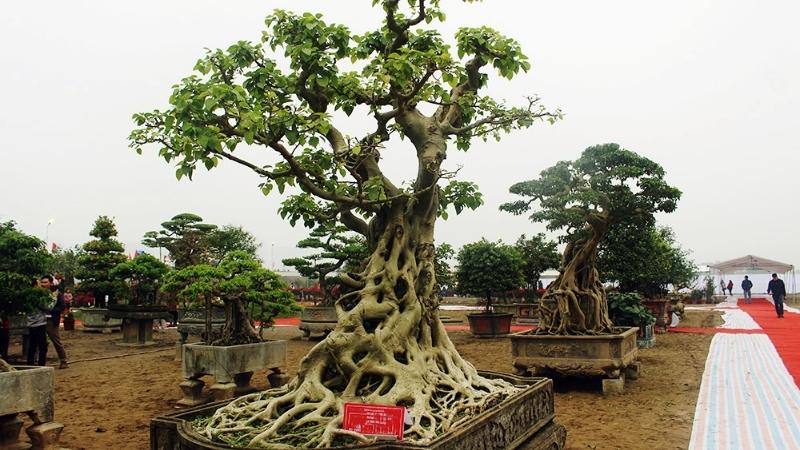 Beautiful Images of the Bodhi Tree
Beautiful Images of the Bodhi Tree
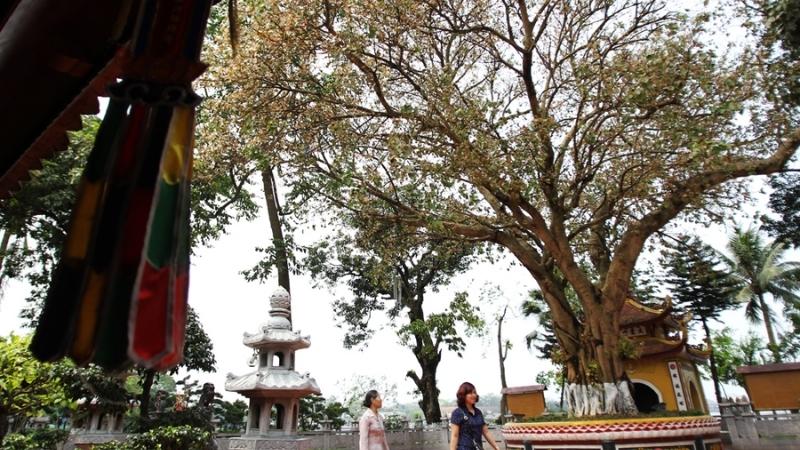 Beautiful Images of the Bodhi Tree
Beautiful Images of the Bodhi Tree
The information provided above covers the characteristics, benefits, feng shui implications, and cultivation methods of the Bodhi tree. We hope this article has enhanced your understanding of this sacred tree.
How to Grow and Care for Gold and Silver Plants at Home: Meaning and Images
Discover the mystical power of gold and silver trees and their unique significance in feng shui. Learn how to plant and care for these special plants in order to bring luck and prosperity into your life.
2023 Lunar New Year Gift Ideas for Older Family and Friends
As 2021 approaches, families worldwide are gathering to celebrate the special bond between grandparents and their grandchildren. To show their love and admiration, these thoughtfully chosen gifts will bring a smile to the face of the elderly. Here, we have compiled a list of the 13 most meaningful Tet presents that can bring joy to our beloved grandparents.



































